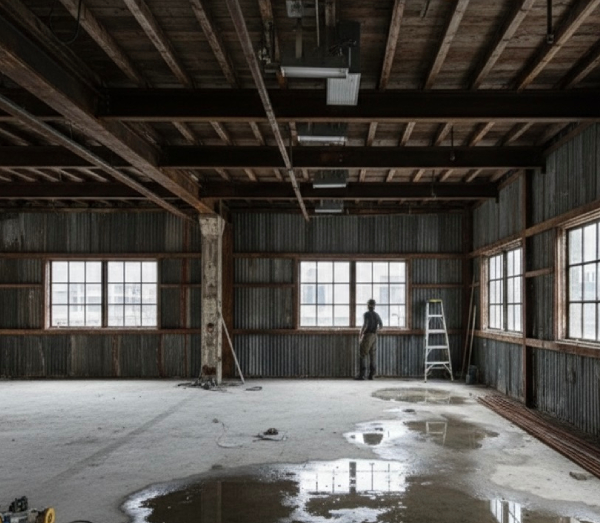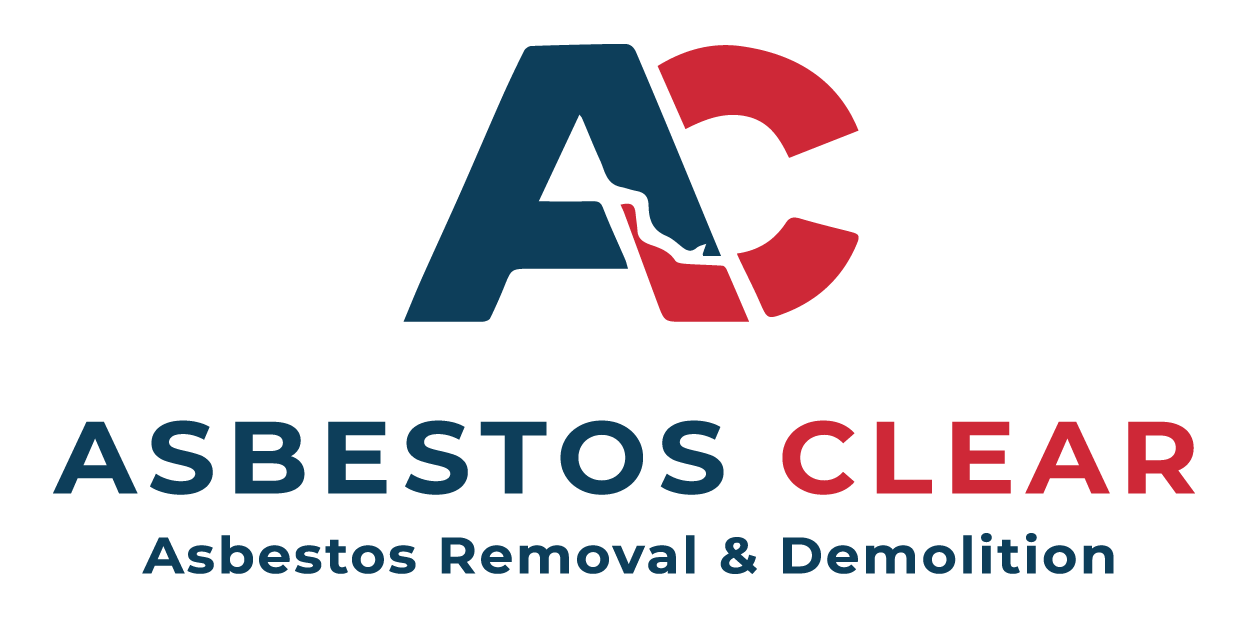Commercial asbestos removal is a hazardous materials management process used to safely identify, contain, and dispose of asbestos-containing materials (ACMs) from commercial buildings. This involves a multi-step procedure including inspection, air sampling, area demarcation, protective equipment use, and controlled removal of the asbestos material to prevent the release of harmful fibers into the environment. Due to the health risks, professional expertise and strict safety protocols are crucial to protect workers and occupants.
- Phone: 04 5556 5164
- Email us: info@asbestosclear.com.au
- Working Hours: 6:30 am to 5:00 pm
Commercial Asbestos Removal
Commercial Asbestos Removal

The Process
- Inspection and Testing: A qualified inspector identifies potential ACMs through a visual inspection and collects samples for laboratory testing to confirm the presence and type of asbestos.
- Area Demarcation and Evacuation: The area where asbestos is present is isolated, sealed off, and all non-essential personnel are evacuated to prevent exposure.
- Containment: The work area is sealed with plastic sheeting to create a negative-pressure environment and prevent the spread of asbestos fibers.
- Material Removal: Trained and certified technicians use specialized tools and techniques to carefully remove the ACMs, often using water to suppress dust.
- Decontamination and Cleanup: Workers and equipment are decontaminated, and the entire work area is thoroughly cleaned to ensure all residual fibers are removed.
- Air Monitoring and Disposal: Post-removal air samples are taken to confirm the air is safe, and the removed asbestos waste is securely sealed in bags and transported to a licensed landfill for disposal.
Why it’s Important
- Health Risks: Asbestos fibers, when inhaled, can cause serious lung diseases such as asbestosis, mesothelioma, and various forms of cancer.
- Regulatory Compliance: Adhering to strict regulations is essential for commercial buildings to ensure the safety of building occupants and workers.
